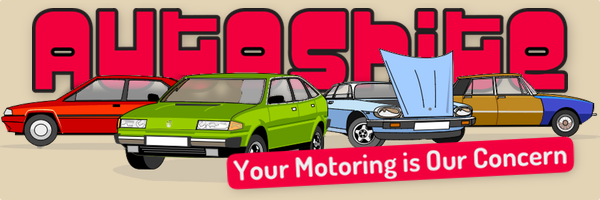Pretty bodged Rapid
-
Similar Content
-
- 352 replies
- 50,394 views
-
Jon's Bodge Log - The Peugeot continues to be ungrateful. 1 2
By PicantoJon,
- 30 replies
- 4,017 views
-
Unnecessary skinflint fixes/bodges, that look shit.. 1 2
By RoverFolkUs,
- 36 replies
- 3,591 views
-
- 3 replies
- 542 views
-
Project Rapid Response - 90s Rover 800 drag racer - The world's fastest police car!
By Dick Cheeseburger,
- 14 replies
- 2,312 views
-





Recommended Posts
Create an account or sign in to comment
You need to be a member in order to leave a comment
Create an account
Sign up for a new account in our community. It's easy!
Register a new accountSign in
Already have an account? Sign in here.
Sign In Now